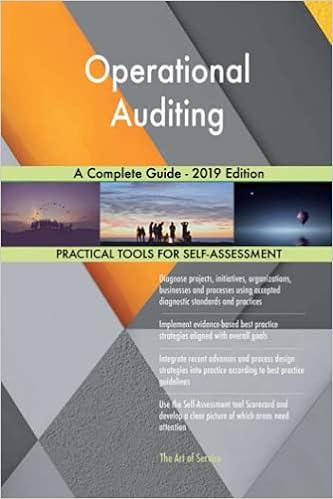






Required information [The following information applies to the questions displayed below.) Finlon Upholstery, Inc. uses a job-order costing system to accumulate manufacturing costs. The company's work-in- process on December 31, 20x1, consisted of one job (no. 2077), which was carried on the year-end balance sheet at $156,800. There was no finished-goods inventory on this date. Finlon applies manufacturing overhead to production on the basis of direct-labor cost. (The budgeted direct-labor cost is the company's practical capacity, in terms of direct-labor hours, multiplied by the budgeted direct-labor rate.) Budgeted totals for 20x2 for direct labor and manufacturing overhead are $4,200,000 and $5,460,000, respectively. Actual results for the year follow. Direct material used Direct labor Indirect material used Indirect labor Factory depreciation Factory insurance Factory utilities Selling and administrative expenses Total $ 5,550,000 4,350,000 63,000 2,860,000 1,740,000 58,000 828,000 2,160,000 $17,609,000 Job no. 2077 was completed in January 20x2; there was no work in process at year-end. All jobs produced during 20x2 were sold with the exception of job no. 2143, which contained direct-material costs of $154,000 and direct-labor charges of $85,000. The company charges any under- or overapplied overhead to Cost of Goods Sold. Required: 1. Determine the company's predetermined overhead application rate. Predetermined overhead rate % 2. Determine the additions to the Work-in-Process Inventory account for direct material used, direct labor, and manufacturing overhead. Additions to the work-in-process inventory 3. Compute the amount that the company would disclose as finished-goods inventory on the December 31, 20x2, balance sheet. Finished-goods inventory 4. Prepare the journal entry needed to record the year's completed production. View transaction list Journal entry worksheet 1 > Record transfer of job cost from work in process to finished goods inventory. Note: Enter debits before credits. General Journal Debit Credit Transaction 1 Record entry Clear entry View general Journal 5-a. Compute the amount of under-or overapplied overhead at year-end. Overapplied overhead Underapplied overhead 5-b. Prepare the necessary journal entry to record its disposition. (If no entry is required for a transaction/event, select "No journal entry required" in the first account field.) View transaction list Journal entry worksheet













